- You have no items in your shopping cart
- Continue Shopping
DELL U2718Q – 27-Inch Ultrasharp 4K IPS USED Monitor WITH FRAMELESS PANEL\(hdmi & display port)
6.800,00 EGP
Display: 27 in, IPS, W-LED, 3840 x 2160 pixels
Viewing angles (H/V): 178 ° / 178 °
Brightness: 350 cd/m²
Static contrast: 1300 : 1
Refresh rate: 60 Hz
sRGB: 99.9 %, Adobe RGB: 75 %
Dimensions: 611.3 x 356.2 x 49.1 mm
Weight: 3.7 kg
Connection: hdmi , displayport & usb hub
Out of stock
Brand
Name of the company-manufacturer.
Dell
Series
Name of the series, which the model belongs to.
UltraSharp
Model
Designation of the model.
UltraSharp U2718Q
Model year
The year in which this model was announced.
2017
27″ Dell UltraSharp U2718Q – Specifications
Display: 27 in, IPS, W-LED, 3840 x 2160 pixels
Viewing angles (H/V): 178 ° / 178 °
Brightness: 350 cd/m²
Static contrast: 1300 : 1
Refresh rate: 60 Hz
sRGB: 99.9 %, Adobe RGB: 75 %
Dimensions: 611.3 x 356.2 x 49.1 mm
Weight: 3.7 kg
Add to compare Suggest an edit
$1.95 $119.99 $9
Brand, series, model
Width Height Depth Weight Write a review
Specifications Display Response time Power consumption User reviews 1
10/14/24, 8:47 PM 27″ Dell UltraSharp U2718Q – Specifications
Size class
Size class of the display as declared by the manufacturer.
Often this is the rounded value of the actual size of the
diagonal in inches.
27 in (inches)
Diagonal
Approximate diagonal size of the display. If the
manufacturer does not provide such information, the
diagonal is calculated from the width and height of the
screen.
684.7 mm (millimeters)
68.47 cm (centimeters)
26.9567 in (inches)
2.2464 ft (feet)
Width
Approximate width of the display. If the manufacturer does
not provide such information, the width is calculated from
the diagonal and the aspect ratio.
596.74 mm (millimeters)
59.674 cm (centimeters)
23.4937 in (inches)
1.9578 ft (feet)
Height
Approximate height of the display. If the manufacturer
does not provide such information, the height is calculated
from the diagonal and the aspect ratio.
335.66 mm (millimeters)
33.566 cm (centimeters)
13.215 in (inches)
1.1012 ft (feet)
Panel manufacturer
Name of the manufacturer of the display panel.
LG Display
Panel model
Information about the model of the panel used.
LM270WR5-SSA1
Panel type
There are various panel technologies. Each has its own
specific features – viewing angles, color reproduction,
response time, brightness/contrast, production cost, etc.
The image quality depends directly on the type of the
display panel used.
IPS
Panel bit depth
The most widely used panels are those with 6, 8, and 10
bits for each of the RGB components of the pixel. They
provide 18-, 24-, and 30-bit color, respectively.
10 bits (8 bits + FRC)
FRC
Frame Rate Control (FRC) is a method, which allows the
pixels to show more color tones. With quick cyclic
switching between different color tones, an illusion for a
new intermediate color tone is created. For example, by
using FRC, a 6-bit display panel is able to show 16.7
millioin colors, which are typical for 8-bit display panels,
and not the standard 262200 colors, instead. There are
different FRC algorithms.
Yes
Colors
The maximum number of colors, which the display is able
to reproduce, depends on the type of the panel in use and
color enhancing technologies like FRC.
1073741824 colors
30 bits
Aspect ratio
The ratio between the horizontal and the vertical side of
the display. Some of the standard and widely used aspect
ratios are 4:3, 5:4, 16:9 and 16:10.
1.778:1
16:9
Resolution
Information about the number of pixels on the horizontal
and vertical side of the screen. A higher resolution allows
the display of a more detailed and of higher quality image.
3840 x 2160 pixels
Ultra HD (UHD) / 4K / 2160p
Pixel pitch
The pixel pitch shows the distance from the centers of two
neighboring pixels. In displays, which have a native
resolution (the TFT ones, for example), the pixel pitch
depends on the resolution and the size of the screen.
0.155 mm (millimeters)
0.0155 cm (centimeters)
0.0061 in (inches)
0.0005 ft (feet)
Pixel density
Information of the number of pixels in a unit of length.
With the decrease of the display size and the increase of
its resolution, the pixel density increases.
163 ppi (pixels per inch)
64 ppcm (pixels per centimeter)
Display
Information about the main characteristics of the display – panel, backlight, resolution, refresh rate, etc.
10/14/24, 8:47 PM 27″ Dell UltraSharp U2718Q – Specifications
Display area
The percentage of the approximate area, taken by the
active part of the screen, to the total front area.
91.99 % (percent)
Backlight
The backlight is the source of light of the LCD display
panels. The type of backlight determines the image quality
and the color space of the display. There are various
backlights such as CCFL, LED, WLED, RGB-LED, and etc.
W-LED
sRGB
sRGB is a color space, developed jointly by HewlettPackard and Microsoft in 1996. It is used in different
devices such as printers, displays, TV sets, cameras, etc.
The sRGB color space covers about 72% of the NTSC color
space.
99.9 % (percent)
Adobe RGB (1998)
Adobe RGB (1998) is a color space, developed by Adobe
Systems in 1998. It has a wider gamut than the sRGB
(mainly in the cyan-green range of colors) and is widely
used in professional printing.
75 % (percent)
DCI P3
DCI P3 is a color space, introduced in 2007 by the SMPTE.
It is used in digital cinema and has a much wider gamut
than the sRGB.
80.7 % (percent)
Brightness
Information about the brightness of the screen. It is
measured in candela per square metre (cd/m²).
350 cd/m² (candela per square meter)
Static contrast
The static contrast shows the ratio between the brightest
and the darkest color, which the display can reproduce
simultaneously, for example, within one and the same
frame/scene.
1300 : 1
HDR
HDR expands the contrast ratio (peak luminance and
minimal black levels) and color palette to achieve more
details across the whole image – from the darkest parts to
the brightest ones, which results in more realistic and lifelike image.
HDR10
Horizontal viewing angle
Information about the maximum horizontal viewing angle,
within which the image on the screen is of acceptable
quality.
178 ° (degrees)
Vertical viewing angle
Information about the maximum vertical viewing angle,
within which the image on the screen is of acceptable
quality.
178 ° (degrees)
Minimum response time
Information about the minimum amount of time, in which
the pixels change from one color to another. Very often the
manufacturer provides the response time for transition
from grey-to-grey (G2G).
5 ms (milliseconds)
0.0050 s (seconds)
Average response time
Information about the average amount of time, in which
the pixels change from one color to another.
14 ms (milliseconds)
0.0140 s (seconds)
Input lag
Desktop monitors and smart TVs experience a latency/lag
in visualizing the information. The time in milliseconds
that the display needs to visualize the signal input.
9 ms (milliseconds)
0.0090 s (seconds)
Coating
Information about the type of coating of the display. There
are different types of matte and glossy coatings, each of
which has its own advantages and drawbacks.
Anti-glare/Matte (3H)
Product Recently View
You have not recently viewed item.








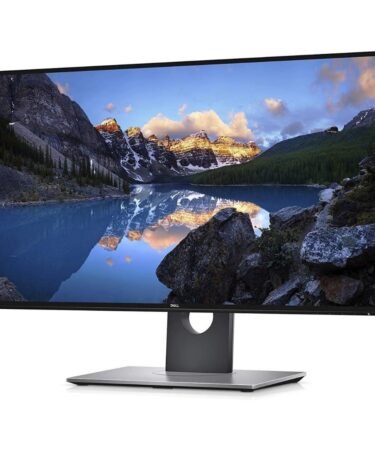


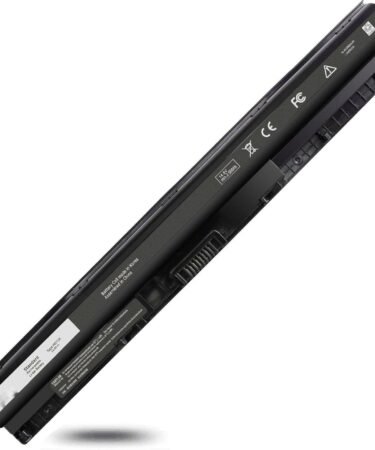



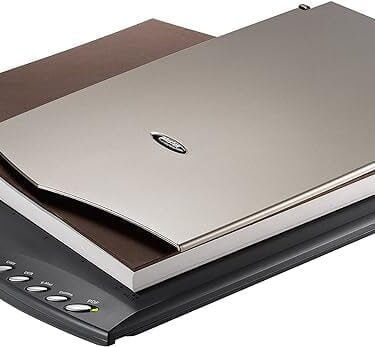
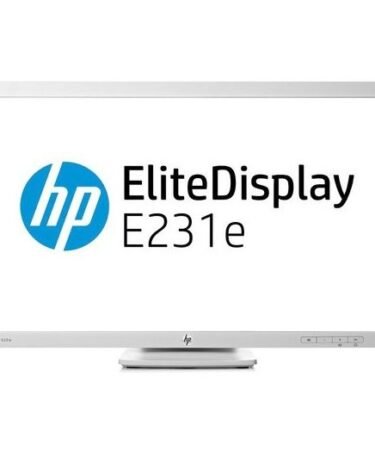
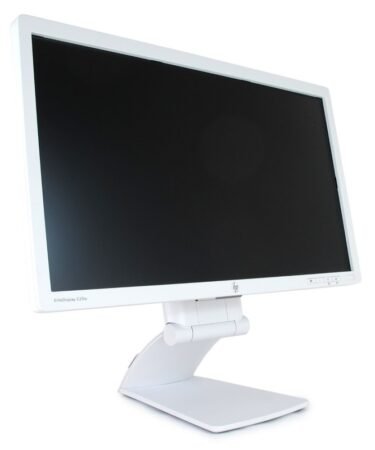



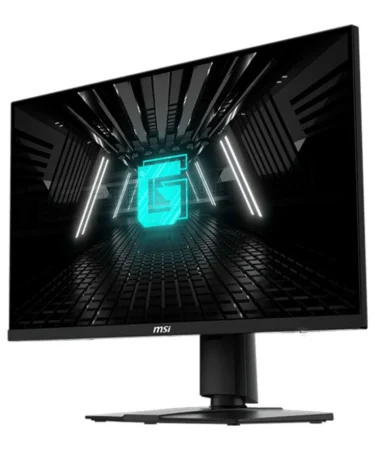
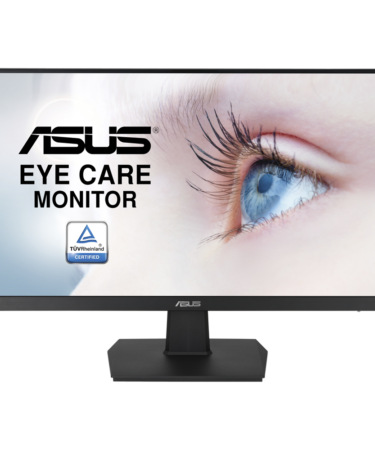
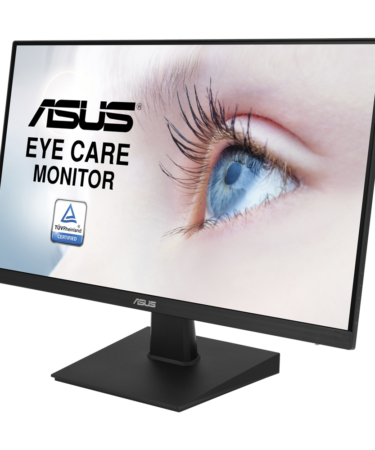
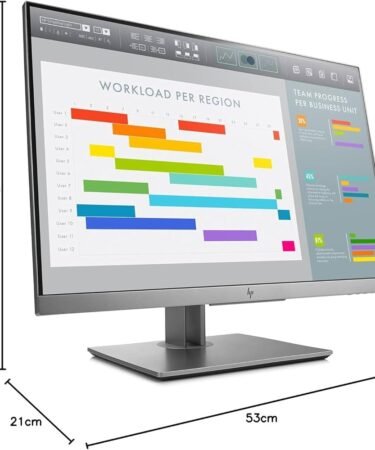



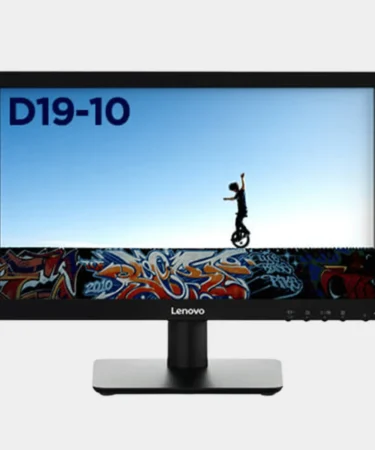

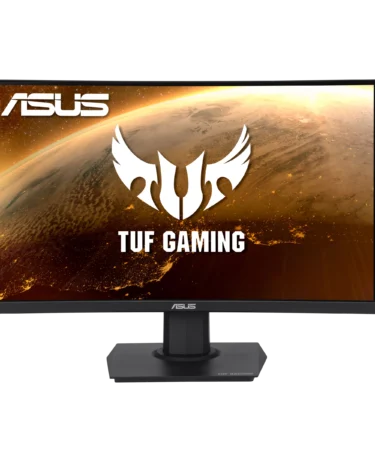
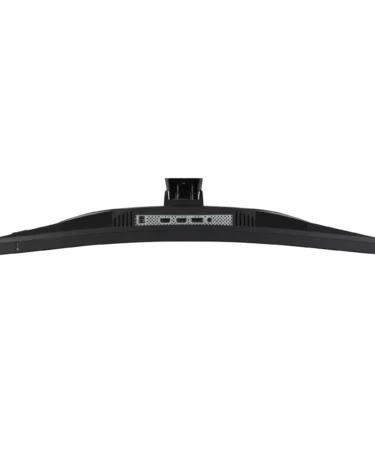
Customer reviews
Reviews
There are no reviews yet.
Write a customer review